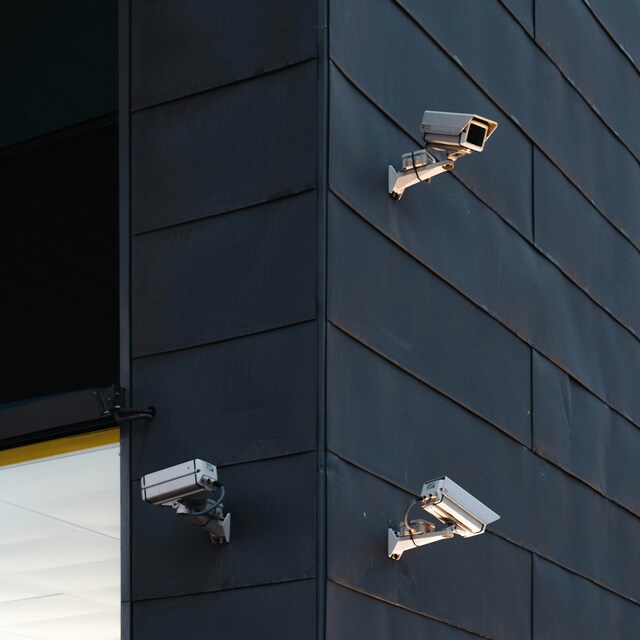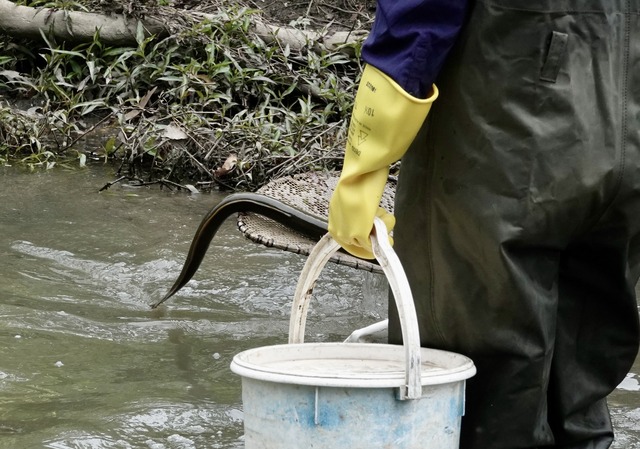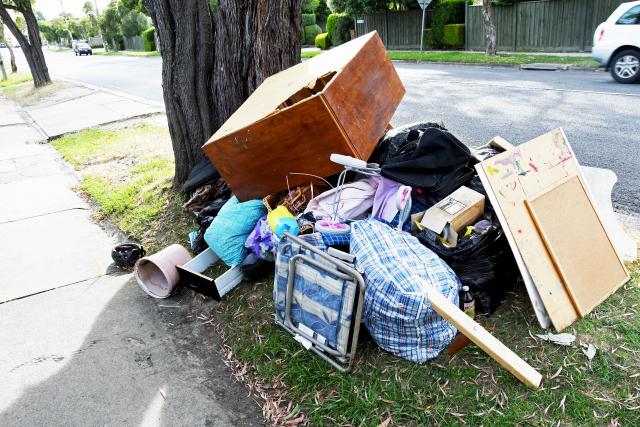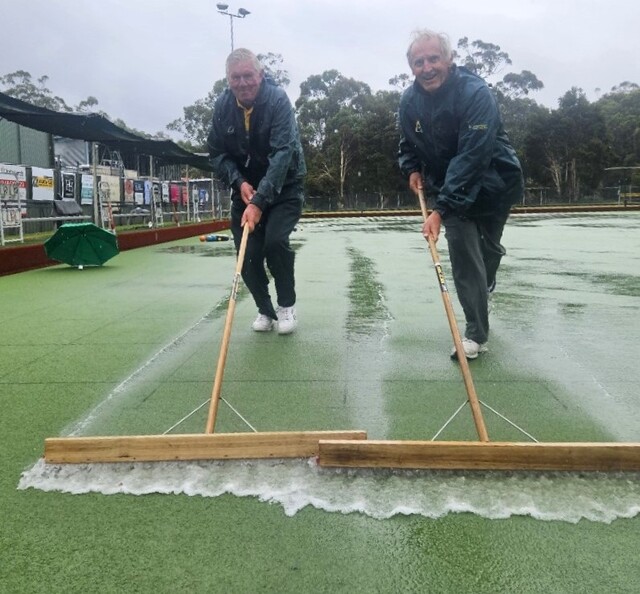Though the role CCTV plays in deterring criminals has been well documented, there’s little research into CCTV’s effectiveness in helping police solve crime in Australia.
But, the literature available shows CCTV does help in solving property damage, theft and burglary incidents in quieter areas, such as the towns across the Yarra Ranges.
Research manager at the Australian Institute of Criminology Anthony Morgan co-authored the research article ‘Does CCTV Help Police Solve Crime’ and said police were more likely to request footage for incidents from locations where other forms of surveillance were less likely to be available.
“There’s an argument to be made that police will be more likely to draw upon CCTV footage because there’s a lack of other potential witnesses,” he said.
But whether it helps police actually solve crime is harder to determine, due to a lack of research and the many factors influencing police investigations.
Despite this, Mr Morgan said a companion piece published alongside his other article showed police highly valued CCTV footage.
“We know that nine in 10 investigators reported using the footage when it was available… and two-thirds said they were able to use it for the reason that they’d actually requested the footage.”
“So from that point of view, absolutely we can say police definitely benefit or perceive a benefit in having access to CCTV footage,” Mr Morgan said.
Townships across the Yarra Ranges are quieter than those closer to the city, especially at night, resulting in less passive witnesses around to assist in investigations.
But, the state of CCTV networks among these towns have gone downhill due to township community groups bearing the onus to maintain these cameras, some of which have disbanded.
As crime in the Yarra Ranges increases alongside the rest of the state, calls for a properly maintained CCTV network grows.
Mr Morgan’s article highlights how CCTV helps solve property damage incidents, with an eight per cent increase in clearance rates when police had access to footage.
For assault offences, CCTV wasn’t observed to increase clearance rates for incidents which took place during the day and until 12 am.
This is due to many factors, such as assault victims usually knowing their offender and investigators mostly relying on witness and victim reports.
But, CCTV greatly benefited police when investigating assault incidents occurring between midnight and 6 am, with a 28 percentage point increase in clearance rates.
Mr Morgan’s article also highlighted the importance of a well maintained CCTV network, as it’s crucial police can quickly access the footage they need.
“If the reason for installing the cameras is to monitor and collect evidence for the potential investigations that might occur as a consequence of the crime, then you need to have the resourcing and the capability to be able to provide that footage to police in a timely way,” Mr Morgan said.
But if a camera network isn’t well maintained, then cooperation between the police and the CCTV operator isn’t as efficient and can result in longer wait times to access footage.
The article also states the most frequently reported problem with CCTV footage was due to poor image quality, showing how older models of CCTV cameras with lower resolution recordings can impede on investigator’s efforts to solve crime.







